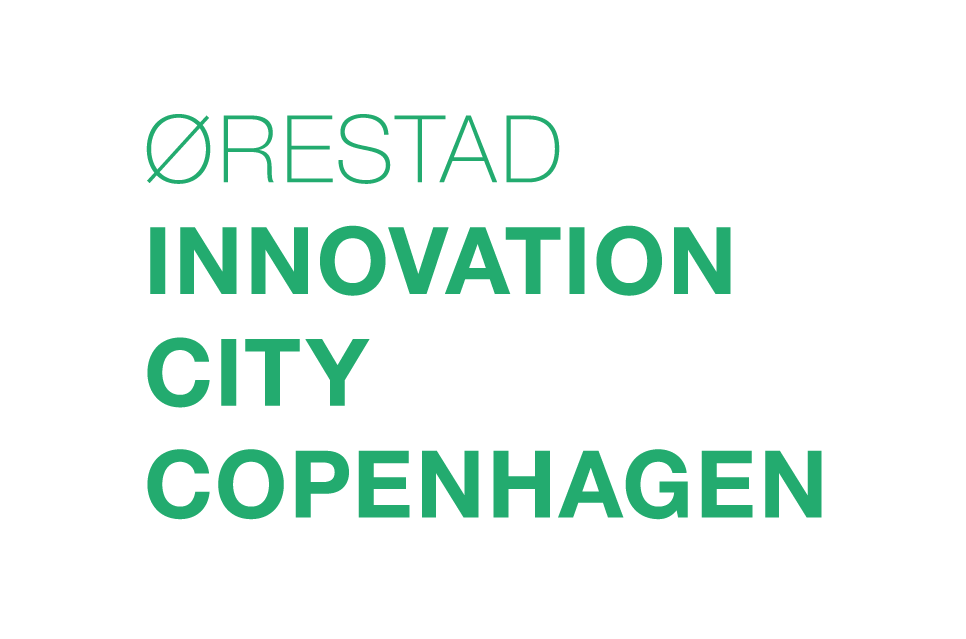By Eugenia Payne, Program Manager, The Enterprise Center, Chattanooga Innovation District
What distinguishes The Enterprise Center from other innovation districts?
Chattanooga’s Innovation District (ID) is different than other innovation districts because others exist in larger cities that are anchored by higher education and research centers and extend somewhere between one to three miles. We have a smaller district that is not anchored by a major research center. Rather, at a 140-acre radius, the Chattanooga Innovation District anchor is the Edney Innovation Center (90,000 sq. feet, 10-story building) that consists of a variety of work spaces designed for workers and companies in the new knowledge economy. This thriving startup community continues to grow and has spread to other buildings in walking distance from the Edney. The walkable area of the ID contains public spaces, multimodal transportation and an array of eateries and coffee shops. In addition, Chattanooga is home to the largest metro-wide fiber optic network and some of the fastest internet speeds commercially available, so in many ways the Electric Power Board’s (EPB) fiber also serves an anchor for Chattanooga’s Innovation District.
How do you work with innovation across sectors?
We have a Smart City Collaborative that works together on smart city initiatives and projects to improve the quality of life and innovation economy in Chattanooga. The Collaborative’s partners include representatives from the City of Chattanooga, EPB (provider of 10 Gbps 600 sq. mile ubiquitous fiber), the University of Tennessee at Chattanooga (UTC), and a startup accelerator non profit called CO.LAB, and the Chattanooga Area Chamber of Commerce continues to enhance economic opportunities for an array of businesses also focused on innovation and advanced communication networks.
CO.LAB and The Enterprise Center host events and programming throughout the year that engage community members across diverse sectors, so that they share ideas and collaborate—these collisions heighten the level of innovation in the ways that Chattanoogans are approaching business and research. For example, GIGTANK is a 12-week program for startups developing applications that thrive on high-speed, low-latency networks. The accelerator is designed for B2B and B2C startups, and GIGTANK invites entrepreneurs to test ideas in virtual reality, connected devices, streaming video, eGaming platforms, and more on Chattanooga’s lightning-fast 10 Gbps network.
Which exciting projects are you currently working on or have planned for 2018?
We have many exciting projects, so I will provide a few examples. The UTC campus connects to the Innovation District and there are more plans for UTC to grow programming and physical presence within the District. These plans are being formally released by The Enterprise Center as part of the Innovation District Framework Plan that is set for public release on March 20, 2018 and presents a community designed implementation plan for additional living and working spaces that feed accelerated growth in the startup and entrepreneurial ecosystem.
One of The Enterprise Center’s core strategies is improving digital literacy skills for community members who would not otherwise have access to devices nor the training in using their associated applications.
We have ongoing research initiatives involving big data research projects awarded by the National Science Foundation to UTC that involve real time applications related to underground infrastructure assessments and connected and autonomous vehicles.
The city of Chattanooga owns Miller Park in the heart of the ID, and major renovations are underway while the community is engaging in participatory design for ways to diversify use and animation of the space.
What is your vision for The Enterprise Center?
Our vision at The Enterprise Center is to see partners and community members working together more and more than ever before, so that they are collaborating on finding solutions to improve citizens’ everyday lives in areas of education, health, workforce skill development, transportation and cultural enrichment while building a competitive innovation ecosystem in which external industry and academia partners seek to have an active role.
Also here is an article with more background you might find helpful and our Innovation District website.

